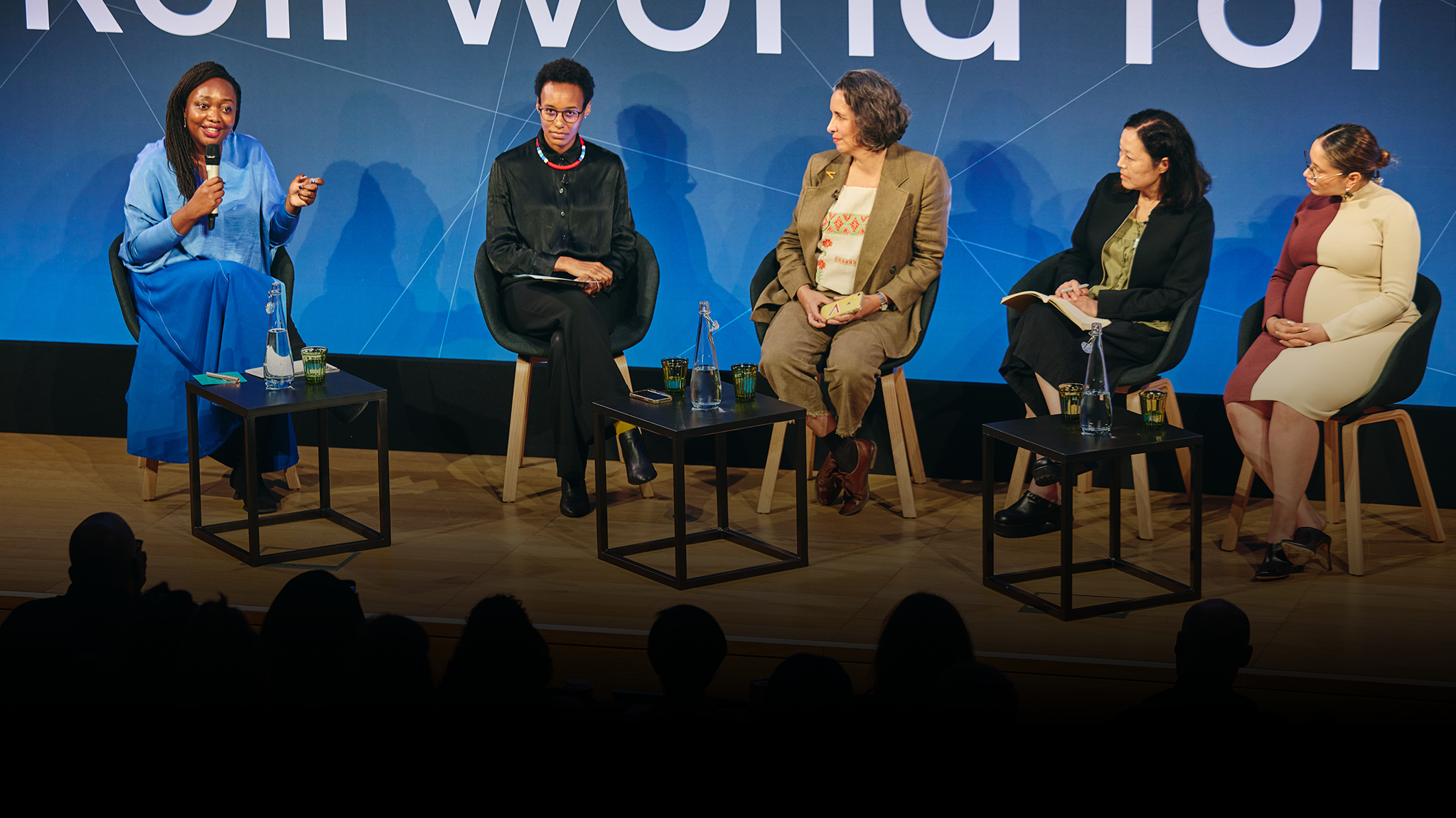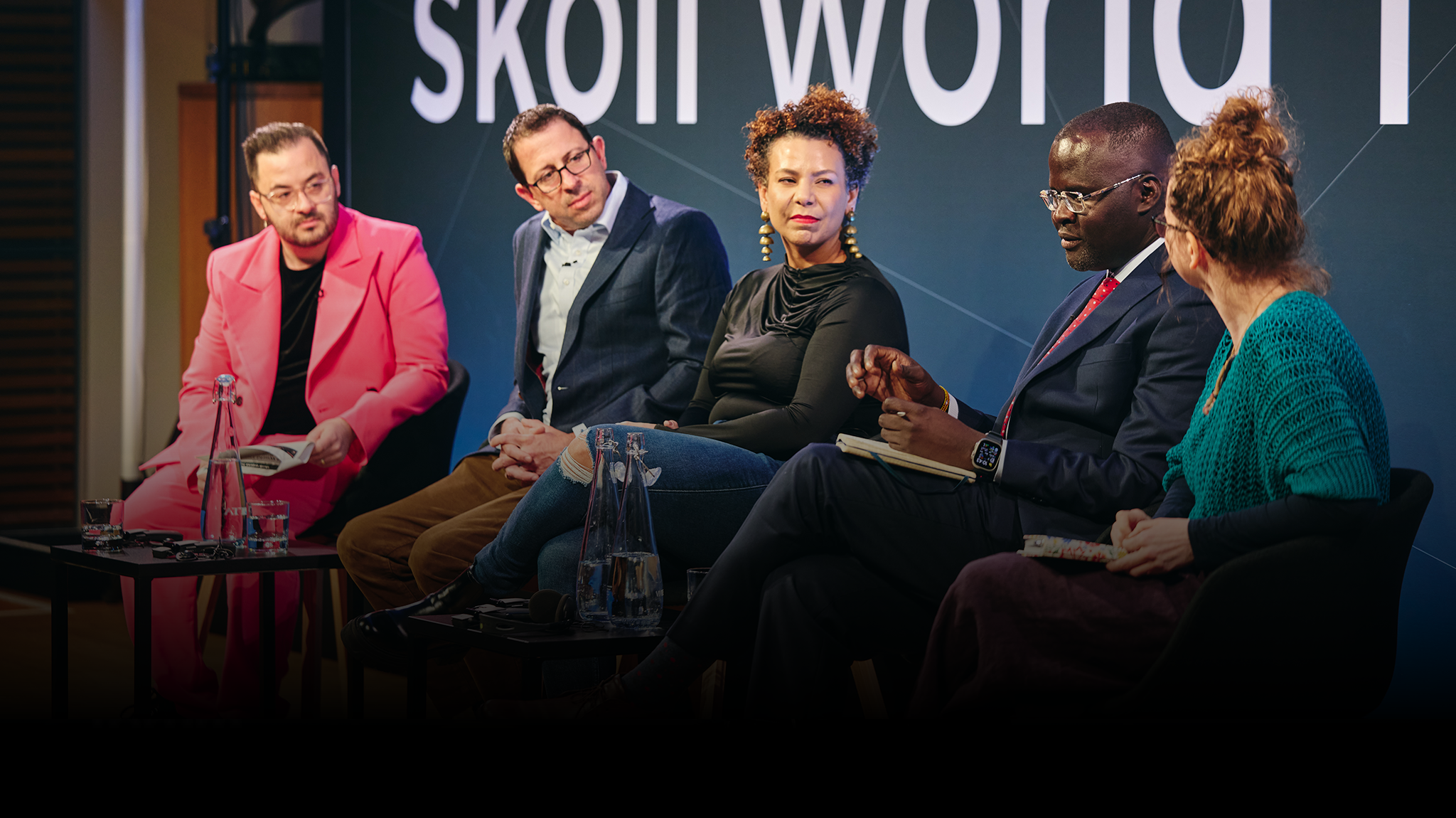Human Trafficking: Where’s the Progress and What Comes Next?
Some 20 million people around the world are victims of human trafficking, and nearly 70 percent of those are trapped in forced labor. The International Labour Organization reports that this dark web of modern day slavery generates roughly $150 Billion in profits. Law enforcement agencies lack deep data about trafficking patterns, specific sub-types, and locations, and victims rarely have access to channels of communication for help. Less than one percent of victims are identified globally each year. It’s hard to wrap your mind around the scale of the problem and the avenues for solutions.
How can the progress of an intervention be measured when the dynamics and drivers of the problem are so difficult to determine? Polaris has pioneered an effort to map out the landscape and break it up into discernible segments, ensuring that interventions can be tailored to the specific context. Using aggregated data, Polaris has been able to create a typology of human trafficking, a first step in creating concrete action steps for combating the scourge. Seeing the problem in higher resolution allows law enforcement, border officials, service providers, and governments to be better equipped to identify trafficking in its various forms and then to take targeted action to prevent it.
Polaris reviewed more than 32,000 cases of human trafficking documented between December 2007 and December 2016 through its operation of the National Human Trafficking Hotline and BeFree Textline—the largest data set on human trafficking in the United States. They analyzed the data and developed a classification system that identifies 25 distinct types of human trafficking in the U.S. Each has its own business model, trafficker profiles, recruitment strategies, victim profiles, and methods of control. This detailed typology brings the problem of human trafficking out of the shadows and into sharper focus.
This is a huge step towards better understanding the unique facets of the larger problem. The critical next step is to get all actors, now armed with this data, to collaborate on solutions and to create shared methodologies to track the effectiveness of interventions informed by the typology. Just as Polaris marshaled a sea of data in the U.S., on the international scale, the International Labour Organization and the Walk Free Foundation are working in collaboration to determine a baseline by which to measure the magnitude of the problem globally and map progress against target 8.7 of the SDGs to end modern slavery.
To turn the tide on the problem, we need accurate and actionable data that informs cross-sector collaboration. Polaris is showing that it’s possible to employ rigorous data science to unpack the ecosystems of modern slavery. Now it’s time to put that science to work.



